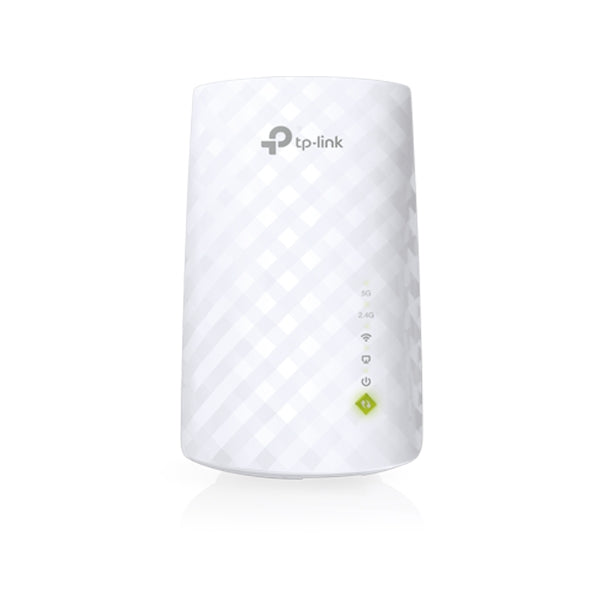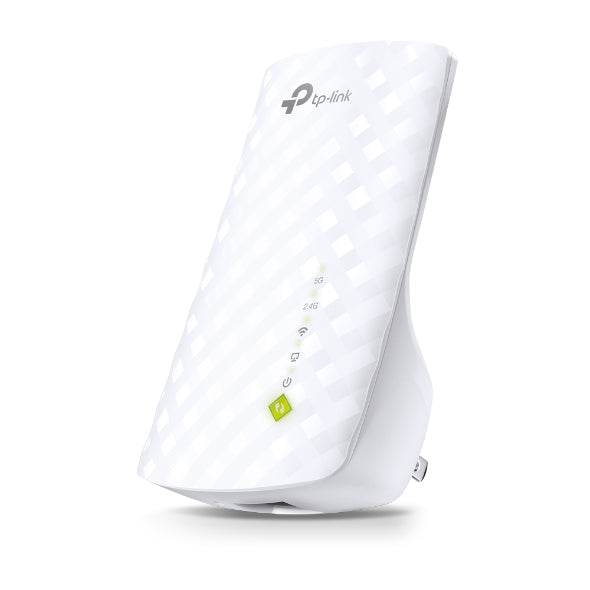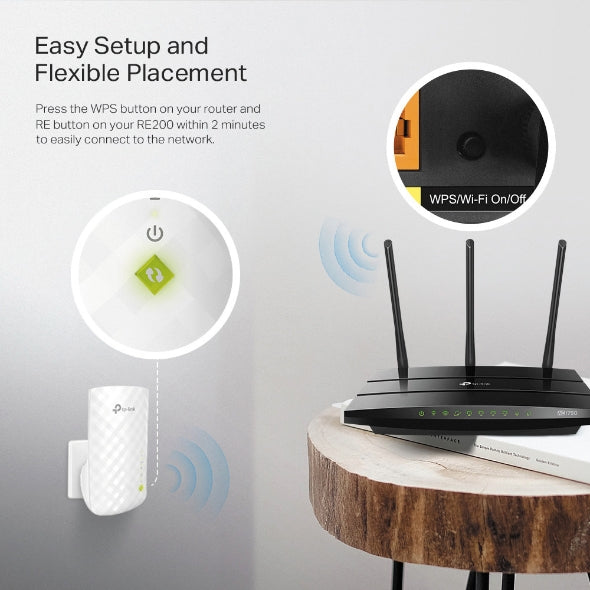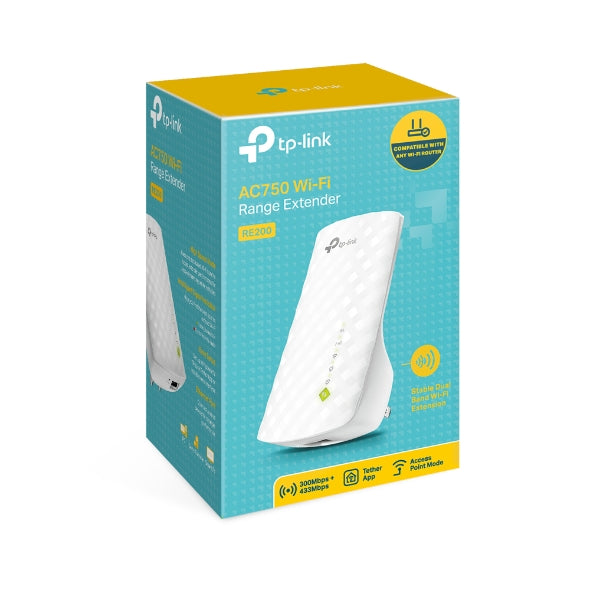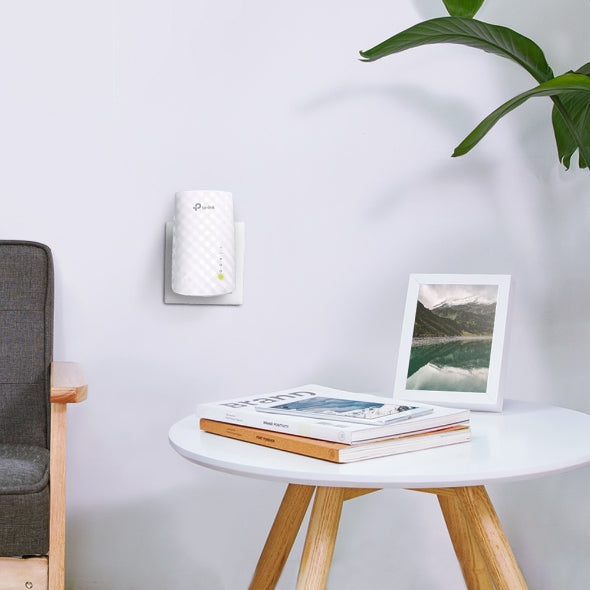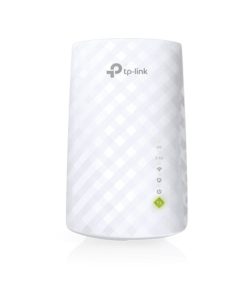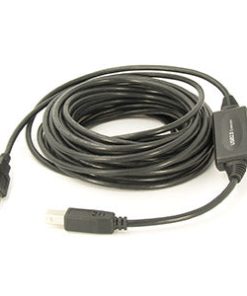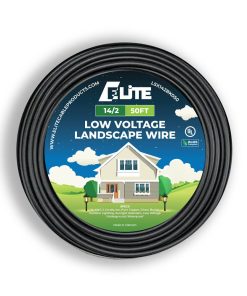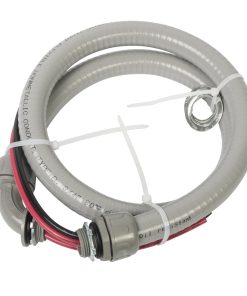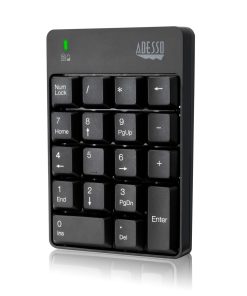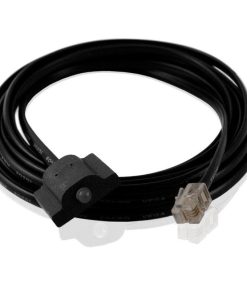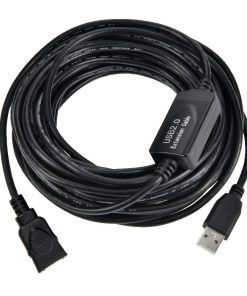TP-Link RE200 AC750 Wi-Fi Range Extender TP-Link
$ 46,19 $ 27,71
Boost Your Wi-Fi Network to Cover hard-to-reach Areas*
Place the RE200 between your wireless router and wireless devices, expanding Wi-Fi coverage while eliminating Wi-Fi dead zones. Enjoy a seamless wireless network throughout your home or office. The dual bands Wi-Fi up to 750Mbps not only help extend to 2,000 sq.ft. (185 m2), but also make good use of your high ISP speed — ideal for HD video streaming, online gaming and other bandwidth-intensive tasks.
AC750 Wi-Fi for Compatible Connections
The RE200’s Wireless AC technology create stronger Wi-Fi
connections across your home. Work with any standard
router or access point, making it convenient to provide wide, non-droppingDual Band Wi-Fi to multiple devices.
One Key Connection
Press the WPS button on your router and RE button on your RE200 within 2 minutes to easily connect to the network. Once connected with an existing router, you can simply relocate the RE200 at any location for the best signal strength.
Smart Signal Indicator
Smart signal lights indicate the signal strength received from the existing router. Read the lights to find the best location for your RE200.
Entertainment Adapter
With an Ethernet port, RE200 can function as a wireless adapter to connect wired devices like desktop, gaming consoles, Blu-ray® players, and Internet TVs. At the same time, the device can share the wireless network as well.
Dedicated to Networking for over 20 years
Dedicated provider of networking products for over 20 years, with industry-leading professionalism and
time-proven reliability.
* Maximum wireless transmission rates are the physical rates derived from IEEE Standard 802.11 specifications. Range and coverage specifications along with the number of connected devices were defined according to test results under normal usage conditions. Actual wireless transmission rate, wireless coverage, and number of connected devices are not guaranteed, and will vary as a result of 1) environmental factors, including building materials, physical objects and obstacles, 2) network conditions, including local interference, volume and density of traffic, product location, network complexity, and network overhead and 3) client limitations, including rated performance, location, connection quality, and client condition.
Fast Shipping with Professional Packaging
We have a range of shipping options thanks to our long-term partnership with UPS FedEx DHL. Our warehouse personnel will pack every item to our exacting specifications. Prior to shipping your items will be thoroughly examined and secured. We ship to thousands of customers every day in different countries. Our commitment to become the largest online retailer around the globe is evident by this. Both Europe and the USA have distribution and warehouse centers.
Note: Orders that include more than one item will be assigned a processing date depending on the item.
Prior to shipping the items, our staff will carry out an exhaustive inspection of the products you ordered. The majority of orders are delivered within 48 hrs. Expected delivery times are between 3-7 days.
Returns
Stock is dynamic, and cannot be fully controlled by us because of the involvement of many different parties, such as the factory and our warehouse. Stocks can be changed at any moment. It's possible that the stocks could be depleted after your order has been placed.
Our policy is valid for 30 days. If you haven't received your product within 30 days, we're not able to issue either a return or exchange.
The item should not be used, and it must be in its original condition. It should also be in the original packaging.
Related products
USB/Mobile/Tablet
USB/Mobile/Tablet
USB/Mobile/Tablet
